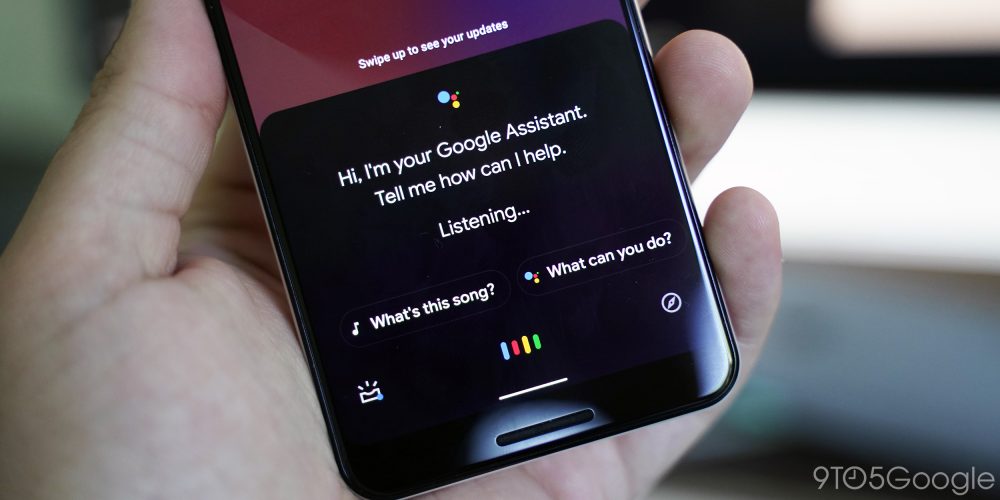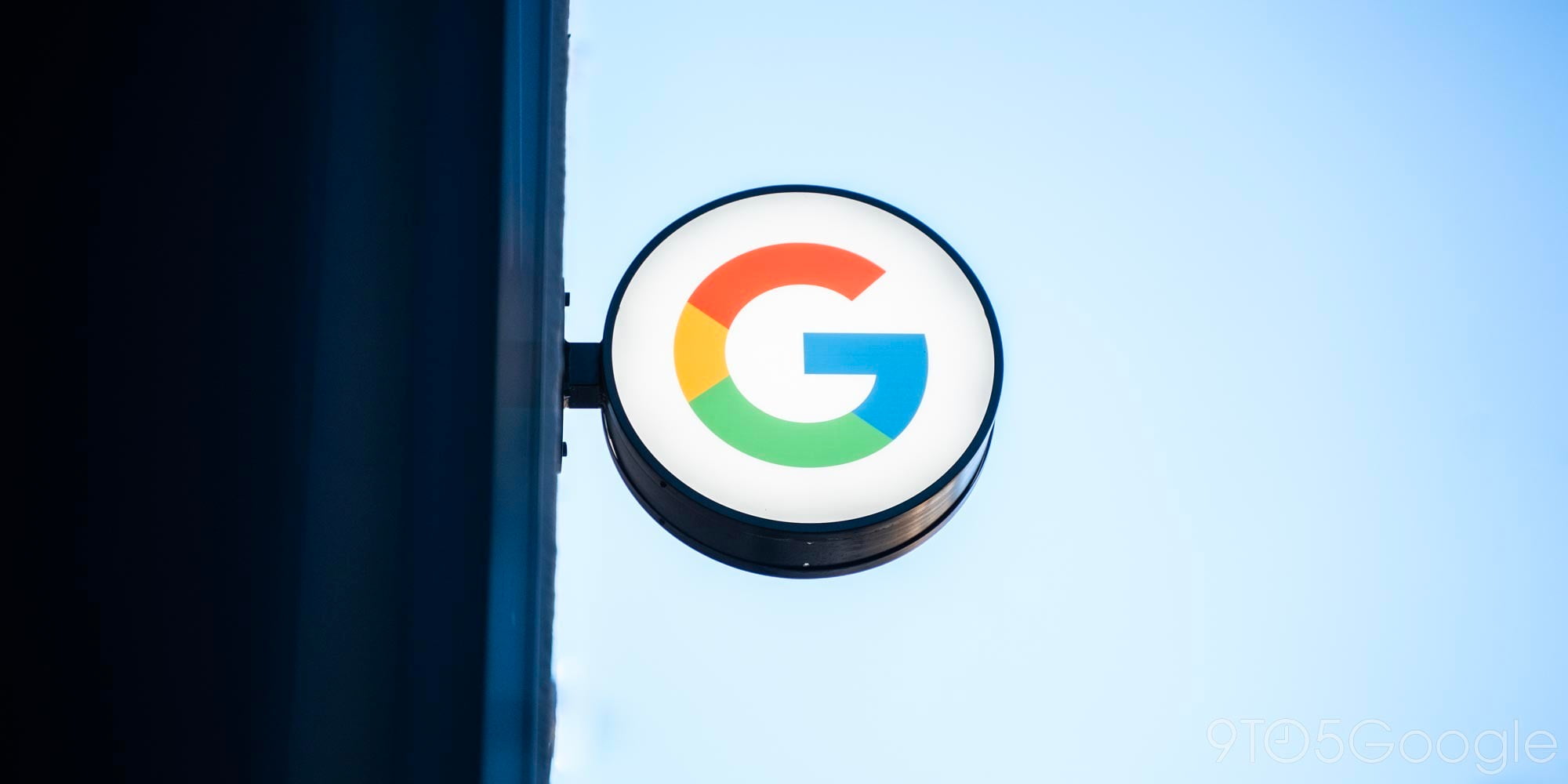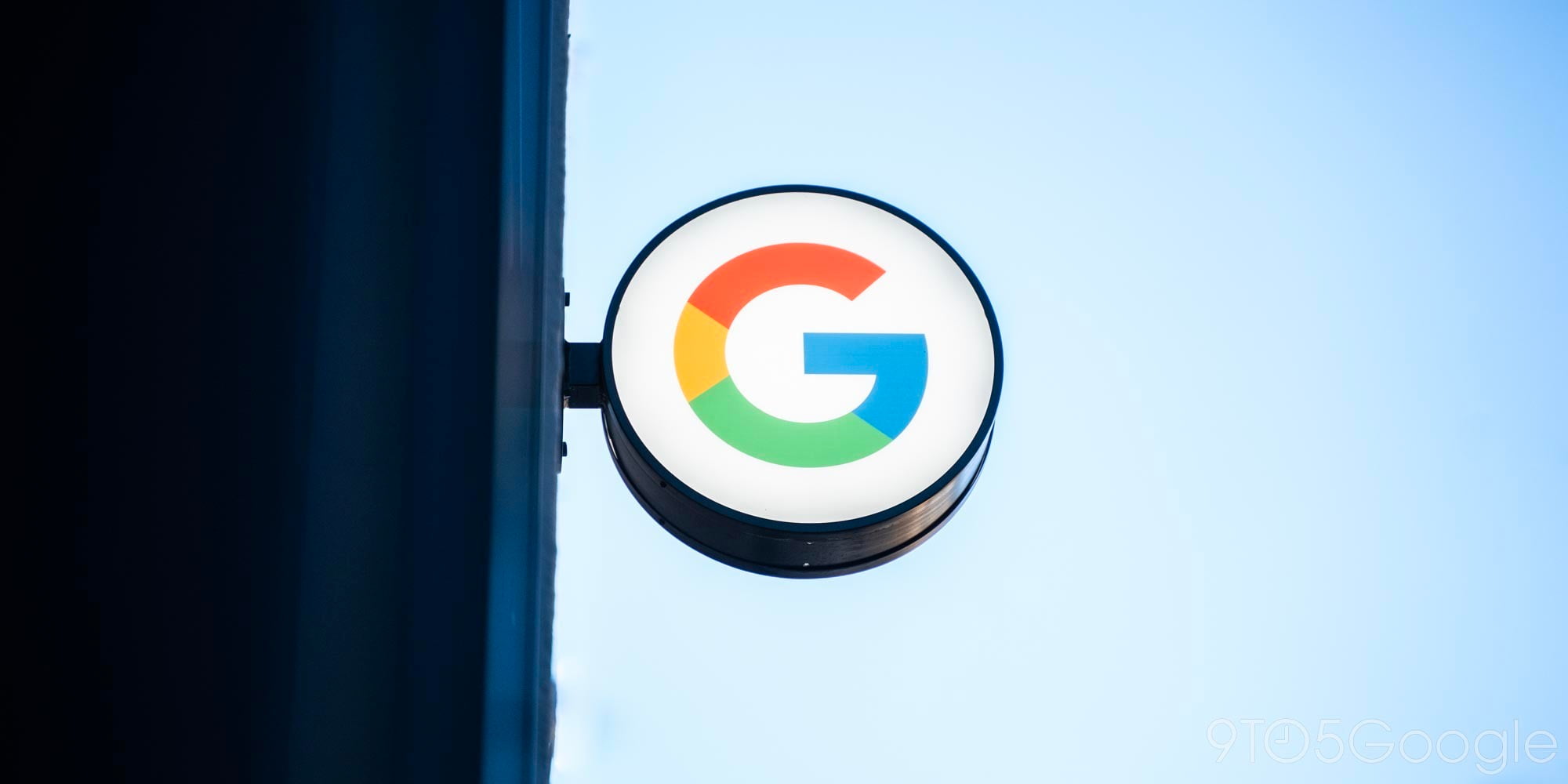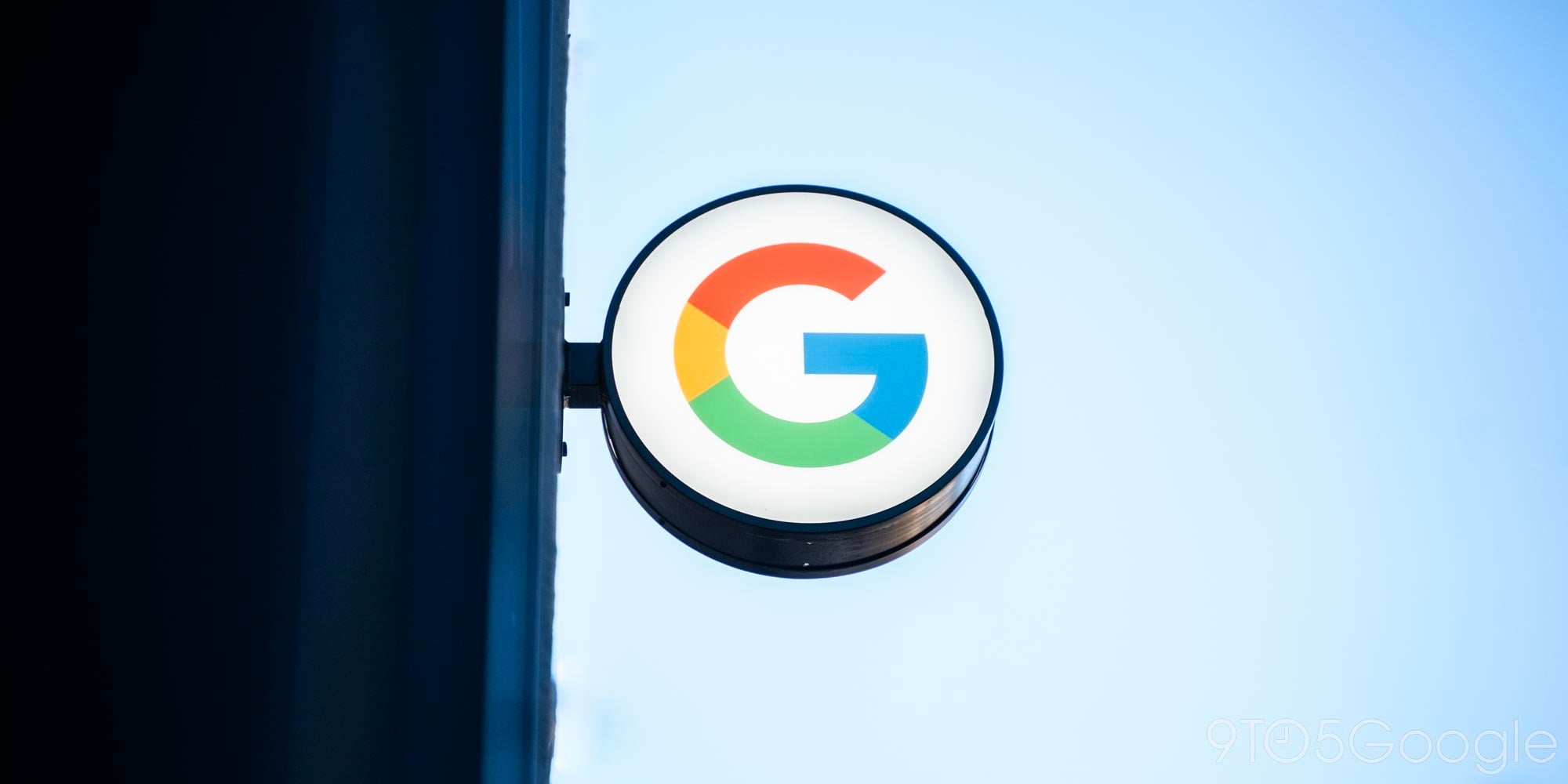
Android Q Beta 3 was released at Google I/O 2019 as the next “incremental update” to the initial March and April releases. We’re enrolling in the Beta Program and sideloading the OTAs right now to explore all the changes, so stay tuned to our updating (reverse chronological) list below.
The first three Q releases are betas, but the company’s focus is still on developers and identifying compatibility issues. However, given the I/O release, this is a big release that introduces gestural navigation and a dark mode. Google is looking for feedback, with frequent changes expected during this period.
This is the priority period in which to give us your feedback on features and APIs and file compatibility issues — for all of these, please use the issue tracker. You can expect some API changes across these updates.
For reference, here’s our everything new in Android Q Beta 1, Beta 2, and Beta 2 patch.
Gboard respects the system accent color and dark theme

AOD battery moved back down
Beta 1 introduced a significant redesign for the Always-on Display with tweaked travel ETAs and Calendar events, the current song listed, and moved the battery to the top-right corner. Android Q Beta 3 regresses back to Android 9’s design of percentage at the bottom of the screen. However, it is very high up on the screen compared to Pie.

Wi-Fi passwords are now easily accessible in plain text

How to force every app to use dark mode, including Google Assistant

Battery Saver can automatically turn off once your phone charges back up

Build number in expanded Quick Settings

Pixel users might run into startup issues using OTA updates

Redesigned emergency information
Tweaked notification control
Long pressing on a notification lets users quickly manage alerts, with options to Block, Show silently, and Keep alerting in Beta 2. Today’s Beta 3 release better explains the options to users, with colorful icons and descriptions. However, snoozing has been removed.
- Beta 2
- Beta 3
‘Project Mainline’ aims to fix Android updates w/ ‘modules’ that Google can control on any Q phone

Gestural navigation
Android Q’s “fully gestural navigation mode ” is officially in response to edge-to-edge screens, with Google wanting users to “take advantage of every bit of them.” It eliminates the navigation bar area to give apps more space, with Back, Home, and recents navigation performed by edge swipes. The options are available in Settings > System > Gesture.
- Swiping up from the bottom of the screen takes the user to the Home screen, holding brings up Recents
- Swiping from the screen’s left or right edge triggers the Back action.
Dark theme
A new system-wide Dark theme can be enabled via a new Quick Settings tile, turning on Battery Saver, or the Settings > Display menu.
This changes the system UI to dark, and enables the dark theme of apps that support it. Apps can build their own dark themes, or they can opt-in to a new Force Dark feature that lets the OS create a dark version of their existing theme.

Digital Wellbeing: Focus Mode and Family Link
After launching Dashboards, App Timers, Flip to Shush, and Wind Down mode last year, Google provided some usage stats: App timers helped users stick to their goals over 90% of the time, and users of Wind Down had a 27% drop in nightly usage.
Meanwhile, Focus Mode will silence apps that users find distracting when working. A Quick Tile enables/disables the mode, with the feature rolling out this fall to Pie and Q. Family Link will also be integrated into Q right in Settings.
When you set up a new device for your child, Family Link will help you connect it to you. You’ll be able to set daily screen time limits, see the apps where your child is spending time, review any new apps your child wants to install, and even set a device bedtime so your child can disconnect and get to sleep.

Smart Reply
Android Q will now offer Smart Replies to all notifications right in the alert. Developers do not have to do any additional development for end users to see contextual replies and smart actions, like opening an included address right in Google Maps. On-device machine learning is leveraged for privacy.

5G support
Android Q adds platform support for 5G, while extending existing APIs to help build apps for 5G. Connectivity APIs detect if the device has a high bandwidth connection and checks whether the connection is metered. In the former situation, apps can load richer, more data-intensive experiences.
FTC: We use income earning auto affiliate links. More.








Comments